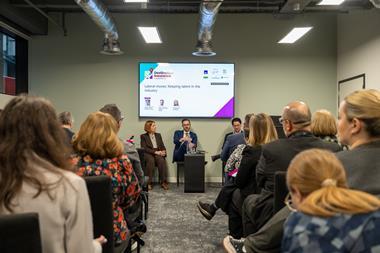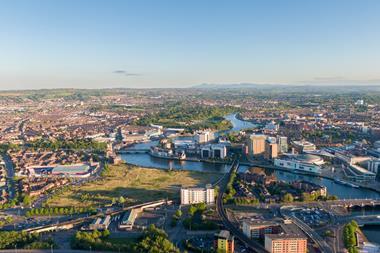Brendan McManus, director of distribution strategy at Royal & SunAlliance (R&SA), gives his thoughts on the unprecedented events this year and what's in store for the future.
Are rates in the sector starting to rise? If so, by how much and is it enough?
Rates have been rising since the third quarter of 2000. This was initially driven by the poor performance of the property insurance market, particularly at the corporate end of the market. Increases were therefore biased towards the larger risks with more modest application of increases for middle market or small to medium-sized enterprises (SME) business. This has changed over the past few months as capacity and appetite has reduced - the US attacks being the most obvious reason.
It is a constantly changing environment, but rate increases for global or large corporate business may, as an example, exceed 50% dependent upon the perception of the adequacy of current pricing. The current level of increases will be adequate if maintained and if other factors are managed satisfactorily, namely reinsurance costs, risk management and control of capacity.
What impact will the World Trade Centre atrocities have on the commercial property sector?
This has highlighted the problems of insuring large risks and basing their assessment on a probable maximum loss. The size of the loss and the previously held view that such an event could not happen has influenced reinsurers' appetite for business.
Inevitably this means tighter, more conservative use of capacity, impacting on price. An obvious effect will be a retraction of the availability of terrorism cover across many parts of the world - up until September 11, most territories did not distinguish between terrorism or non-terrorism damage and the approach to insurance. The UK is an honourable exception.
How is the property market coping with the collapse of Independent Insurance?
It added to the general reduction in capacity already evident this year. Most risks have been absorbed by the market, although some high-risk sectors will undoubtedly have seen significant price changes. The short-term impact was the cost to consumers of insuring twice in the same period (usually at higher prices) and the cost to brokers of arranging at short notice. The longer-term impact of loss of confidence in the industry is more difficult to assess.
The cost and number of flood incidents is expected to rise this year. What is R&SA's stance on this issue?
We continue to provide flood insurance to our customers and, in high-risk areas, we are working with them to provide solutions to their problems. We are looking at far more accurate assessment of flood risk exposures and have the tools to apply this now. Our approach will remain risk-specific and in line with the Association of British Insurers' (ABI) commitment to government.
There has been a call in recent months for insurers to go "back to basics" in underwriting and risk assessment. Do you believe this is true?
It is true in the sense that priority at present is about ensuring fundamental protection and security is in place. Our industry needs traditional underwriting skills and risk management more than ever, but we must remember this year has been unprecedented and events such as the exceptional floods and World Trade Centre could not have been foreseen. A "return to basics" would not have made any difference. Ultimately it is about emphasising quality selection, underwriting, pricing and risk management.
Hosted by comedian and actor Tom Allen, 34 Gold, 23 Silver and 22 Bronze awards were handed out across an amazing 34 categories recognising brilliance and innovation right across the breadth of UK general insurance.












































